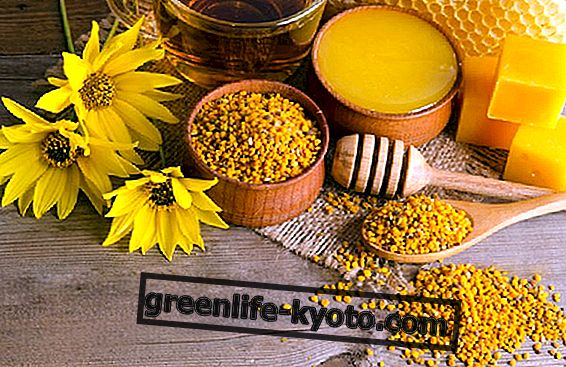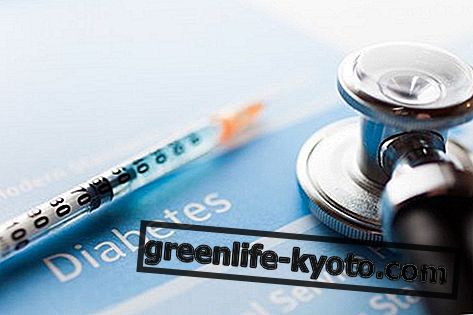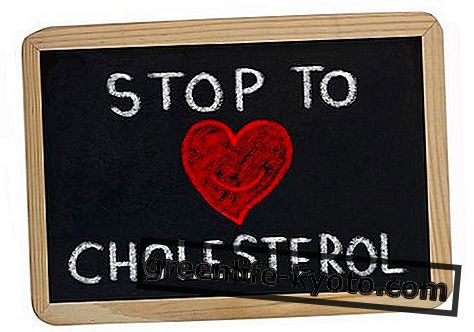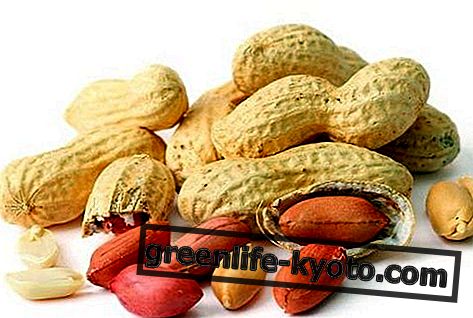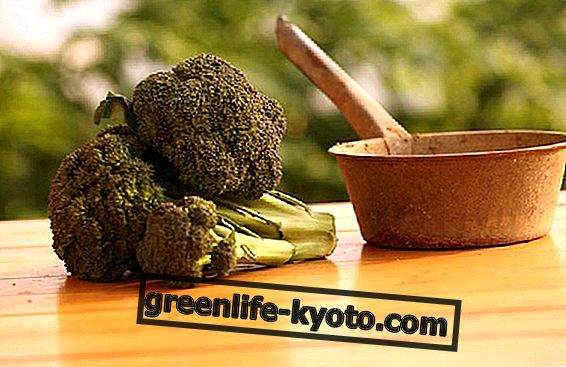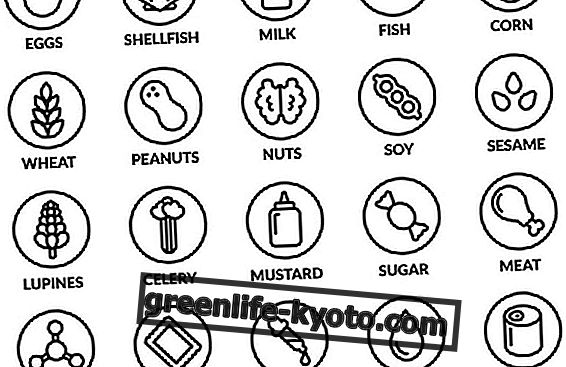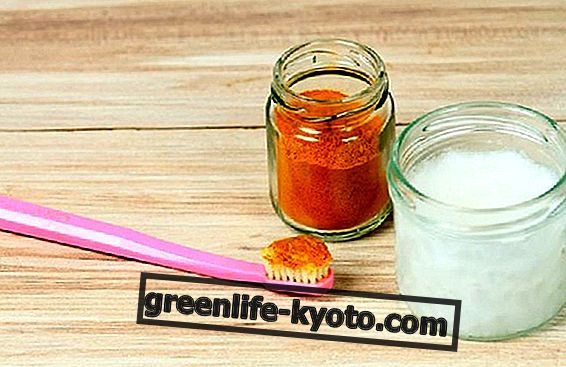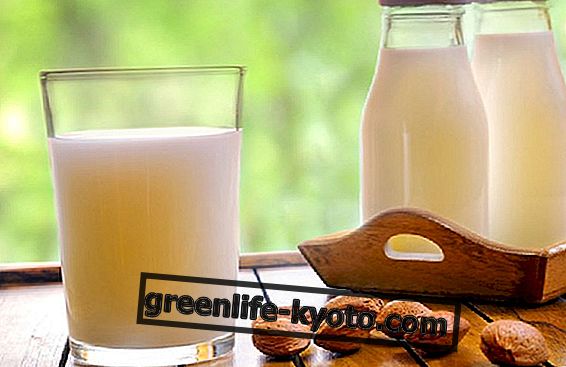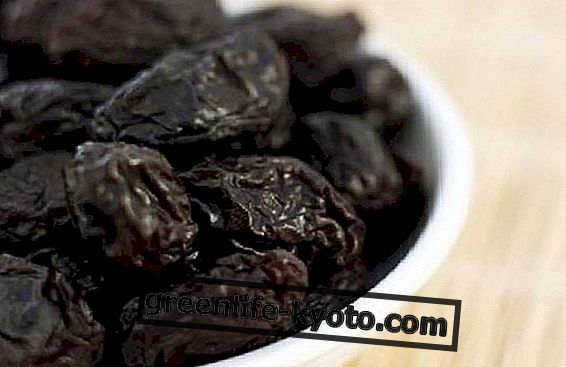
Diets for putting muscle mass always provide a high proportion of proteins, but proteins are not the only important components of these particular diets and diets.
Diet to put mass: not just proteins
Carbohydrates and fats are also needed to increase muscle mass. It is also good to know that it is very difficult to lose weight and mass at the same time ; the diets to put mass are, in fact, usually quite caloric .
Difficult but not impossible; in fact this does not mean that you have to gain weight by losing control of your weight but simply that when you start a diet to put mass you can go through a phase in which even the fat mass increases and fat pads can appear on the abdomen and on the hips; imperfections on which you will then have to go to work with physical training.
The situation is different if you choose a high- protein and slightly lower-carbohydrate diet: in that case mass will be acquired more slowly but no blemishes and fat pads will appear; however, it will be necessary to pay close attention to the protein intake that must never exceed 2.5 grams of protein per kilo of body weight: the risk is that of overworking the kidneys too much and incurring also very serious pathologies.
Read more about the high-protein diet: an example and recipes
General rules of dieting for mass
But do women like muscular men? Before asking this question, boys should understand how much and how they like themselves. The concept is the same even for women who consume gym equipment in order to appear toned. We remind you, first of all, that regardless of which diet to put mass you decide to follow, the rule of inner listening that also involves the physical dimension applies.
Having reiterated this concept, we remind you that all diets for putting muscle mass require compliance with these simple rules:
- Drink plenty of water , especially before, during and after training. Water intake should not only be controlled by thirst, you should always drink at least two liters of water a day.
- Avoid junk food ; fried foods, fast foods, saturated fats and all those foods that provide only calories but do not provide nourishment are therefore to be limited. In practice, these foods only put on weight.
- Eat at regular intervals, usually every three hours. It is important not to distance one meal from the other too much to allow the right and continuous nourishment of the muscles.
- Always remember that supplements do not replace meals but, as the name implies, supplement them. Therefore do not use them as nutrient substitutes essential for muscle growth and health.
- Don't forget to guarantee the body the right amount of vitamins and minerals by eating enough fruit, seasonal vegetables and legumes.
- Avoid the DIY. Diets to put masses must be followed by an expert and calibrated according to the needs of the individual and the training performed.
